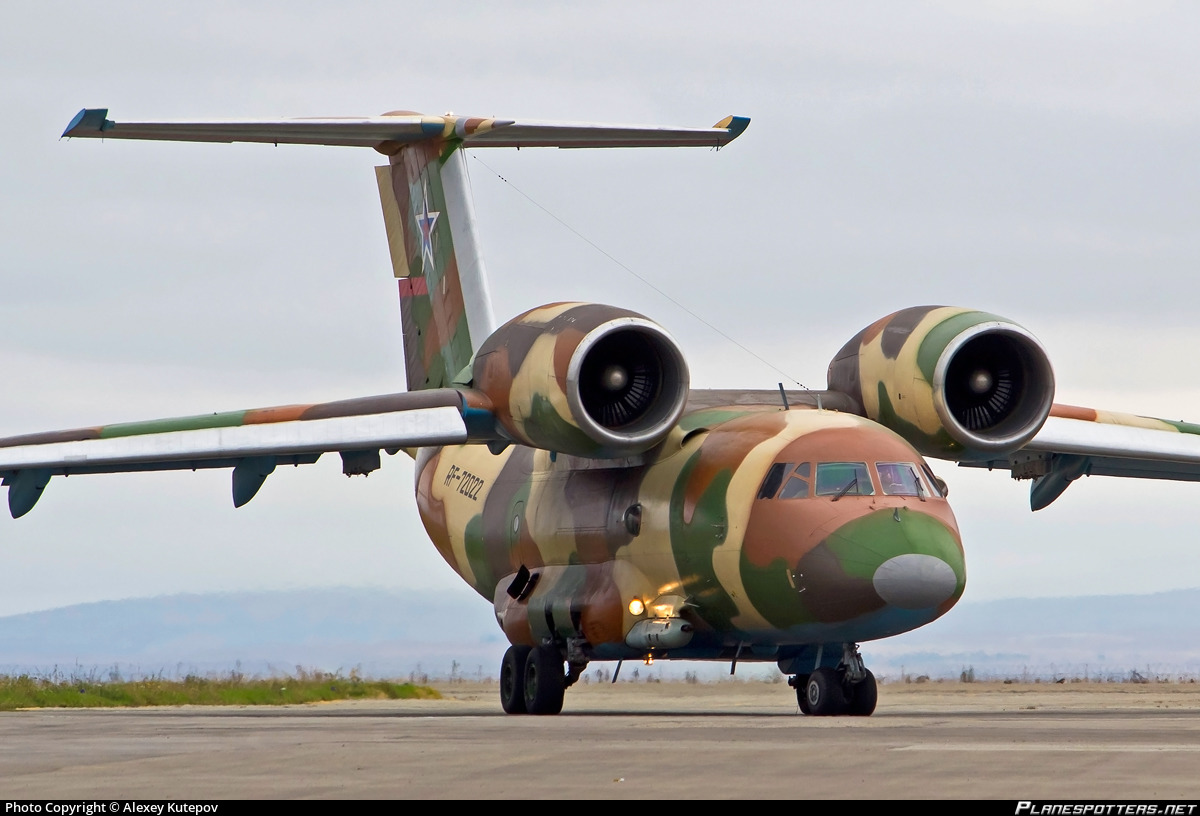Soviet Transport Aircraft
With over 6000 transport aircraft in the air force and another 6000 available in the State run Aeroflot airline, this branch is fundamental to the operation of not only the military but the country as a whole. Additionally there are over 7000 aircraft in ready reserve and thousands of pilots able to fly them, these will be described separately. For simplicity three general categories of transport aviation have been chosen to describe the three dozen aircraft types in this type, although there is much overlap: Tactical, generally limited to aircraft directly providing support to front line army units, especially parachute capacity for airborne divisions; Utility, often also supporting army units but specifically able to operate from rugged or short runways; and Strategic, consisting of passenger liners and long haul cargo aircraft, many operated by Aeroflot. All of these aircraft are known by their company of origin (An=Antonov, Il= Ilyushin, Tu=Tupolev, Yak=Yakovlev) and number but are more commonly recognized by their NATO reporting names which all start with the letter C for Cargo, for instance the An-12 Cub.
| Common name | Soviet Name |
NATO Name |
Role | Available | Reserve | Passenger | Paratroops | Armd Veh | Stretchers | Cargo Kg |
Range Mx Ld Nmi |
STOL | Ramp |
|---|---|---|---|---|---|---|---|---|---|---|---|---|---|
| Antonov An-2 | Annushka | Colt | Util | 2000 | 2000 | 12 | 12 | - | 6 | 2140 | 456 | Yes | |
| Antonov An-8 | Camp | Tac | 150 | 48 | 48 | - | ? | 11000 | 1510 | Yes | |||
| Antonov An-12 | Cub | Tac/Util | 1000 | 96 | 58 | 2 | ? | 20000 | 1944 | Yes | |||
| Antonov An-14 | Pchelka | Clod | Util | 300 | 6-8 | 6 | - | - | 720 | 350 | Yes | ||
| Antonov An-22 | Antei | Cock | Tac/Strat | 45 | 20 | 290 | 290 | 4 | ? | 80000 | 2700 | Yes | |
| Antonov An-24 | Coke | Strat | 1100 | 100 | 50 | - | - | - | - | 400 | Yes | ||
| Antonov An-26 | Curl | Tac | 1400 | 40 | 40 | - | 24 | 5500 | 590 | Yes | Yes | ||
| Antonov An-28 | Cash | Tac/Util | 180 | 18 | 15 | - | ? | 1900 | 320 | Yes | |||
| Antonov An-32 | Cline | Util | 200 | 50 | 42 | - | 24 | 6700 | 570 | Yes | Yes | ||
| Antonov An-72/An-74 | Coaler | Util | 100 | 52 | 10000 | 300 | Yes | Yes | |||||
| Antonov An-124 | Ruslan | Condor | Strat | 54 | 88 (438) | - | 6-8 | - | 150000 | 2800 | Two F&R | ||
| Antonov An-225 | Mriya | Cossack | Strat | 2 | 70 | - | 3 MBT | - | 200000 | 2800 | Front only | ||
| Ilyushin Il-18/Il-22 | Coot | Strat | 620 | 65-120 | - | - | - | 13500 | 2000 | ||||
| Ilyushin Il-62 | Classic | Strat | 250 | 168-186 | - | - | - | - | 5400 | ||||
| Ilyushin Il-76 | Candid | Tac/Strat | 860 | 140 | 125 | 3 | ? | 42000 | 2200 | Yes | Yes | ||
| Ilyushin Il-86 | Camber | Strat | 105 | 350 | - | - | - | 40000 | 2000 | ||||
| Tupolev Tu-104 | Camel | Strat | 160 | 50-115 | - | - | - | - | 1100 | ||||
| Tupolev Tu-124 | Cookpot | Strat | 160 | 56 | - | - | - | - | 1100 | ||||
| Tupolev Tu-134 | Crusty | Strat | 800 | 84 | - | - | - | - | 1000 | ||||
| Tupolev Tu-154 | Careless | Strat | 800 | 180 | - | - | - | - | 1600 or3200 | ||||
| Yakovlev Yak-12 | Creek | Util | 500 | 3000 | 3 | 3 | - | - | - | 400 | Yes | ||
| Yakovlev Yak-40 | Codling | Strat | 600 | 32 | - | - | - | - | 1100 | ||||
| Yakovlev Yak-42 | Clobber | Strat | 40 | 120 | - | - | - | - | 2100 |
Tactical Transports
About half of the air force transports fit into this category (~3000) which could be augmented by the nearly 600 used by Aeroflot, and over 1000 in reserve. The primary focus of this force is delivering the Red Armies six Airborne Divisions to the battlefield, keeping them supplied and evacuating casualties. Of course they are capable of a myriad of other tasks which they routinely conduct; some are suitable for strategic lift such as the large An-22 Cock while some are more suitable for front line transport of VIPs such as the An-28 Cash.
An-28 Cash: A small Turbo-Prop twin engine aircraft designed for short takeoff and landing (STOL), it is used for general transport and passenger service, primarily in Aeroflot but also in the airforce. It can carry 18 passengers or about two tonnes of cargo to a rage of 270 miles. Only 20 are assigned to the air force but a further 160 readily available in Aeroflot service however Poland manufactures this design as the PZL- Skytruck. The CASA C-212 or the DHC-6 Twin Otter perform similar roles in the west.
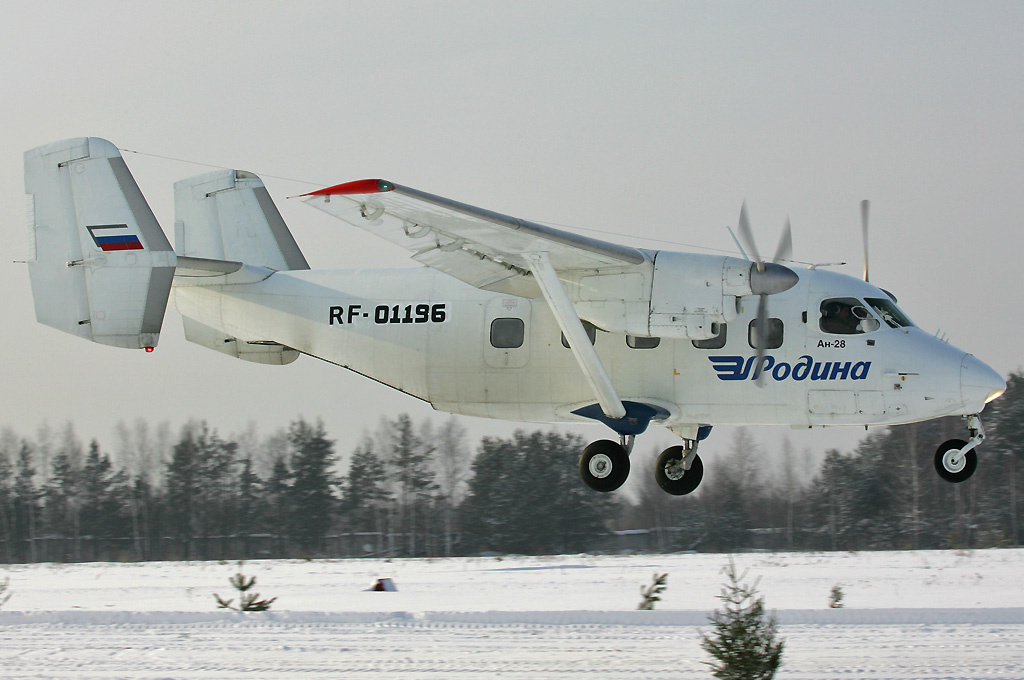
An-26 Curl: Designed at a light tactical transport to service austere locations the Curl is in wide use by both the Air Force and Aeroflot and has many variants. Able to carry 40 passengers or paratroops and 5,500 Kg of cargo to a range of 700 miles, this aircraft fills many requirements for short range transport, similar to the Transal C-160 (but with less capacity), and has a secondary role as a bomber. The air force operate about 1000 cargo variants plus around 200 other derivatives such as Arctic Surveillance, airborne hospital, radio rebroadcast, testbeds for various projects or airborne laboratories. Aeroflot also operates around 200 in both a cargo and passenger role.
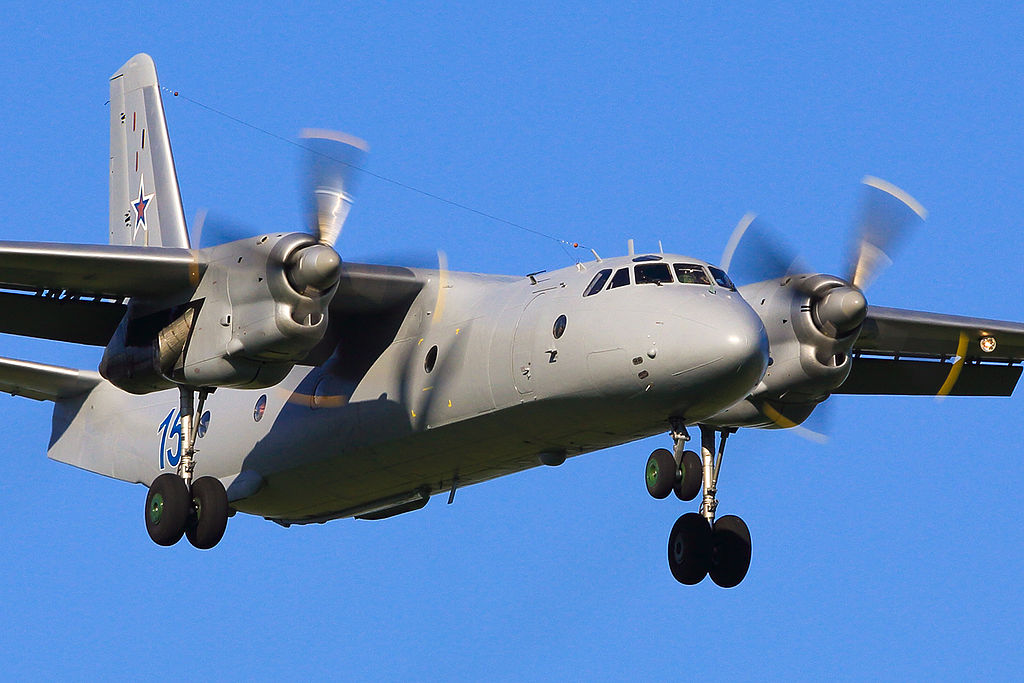
An-8 Camp: Only about 150 of this twin Turbo-prop transport was produced, it could deliver 48 passengers or paratroopers to a range of 1700 miles. All are operated by the Air Force and some have been converted to uses such as search and rescue, radiation detection or testbeds for other projects.
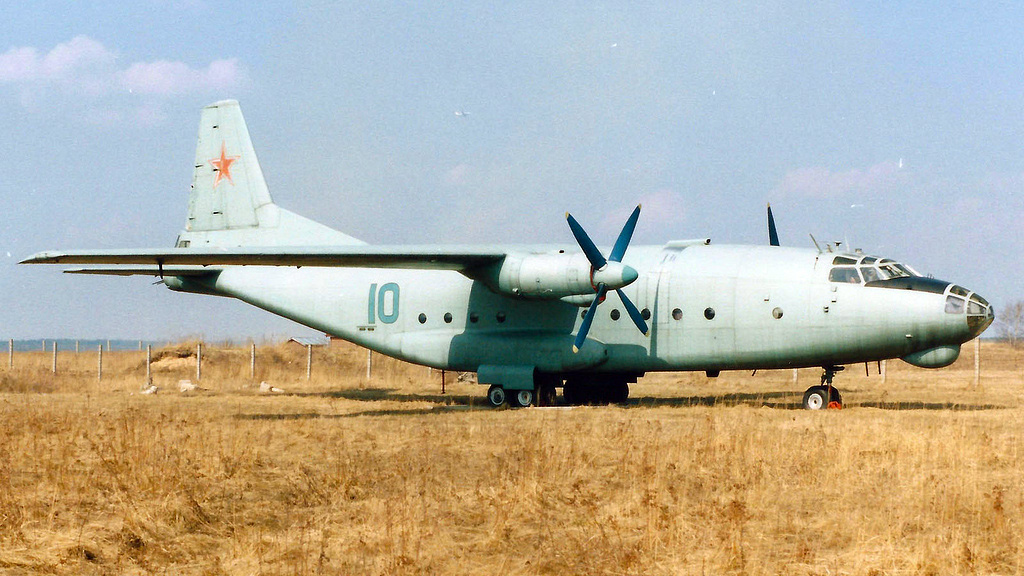
An-12 Cub: An easily recognized and very popular turbo-prop transport roughly equivalent to the C-130 Hercules in the west and just about as numerous. The Cub can transport 60 paratroops or 2 BMD-1 armored fighting vehicles (AFV) up to 2000 miles. A key feature is that the An-12 is armed with a twin 23-mm turret. About 800 are operated by the air force, of which around 600 are capable of Para dropping either troops or the BMDs or both, the remainder have been converted to a wide array of other tasks primarily providing ECM escort. There are another 200 operated by Aeroflot for general cargo transport.
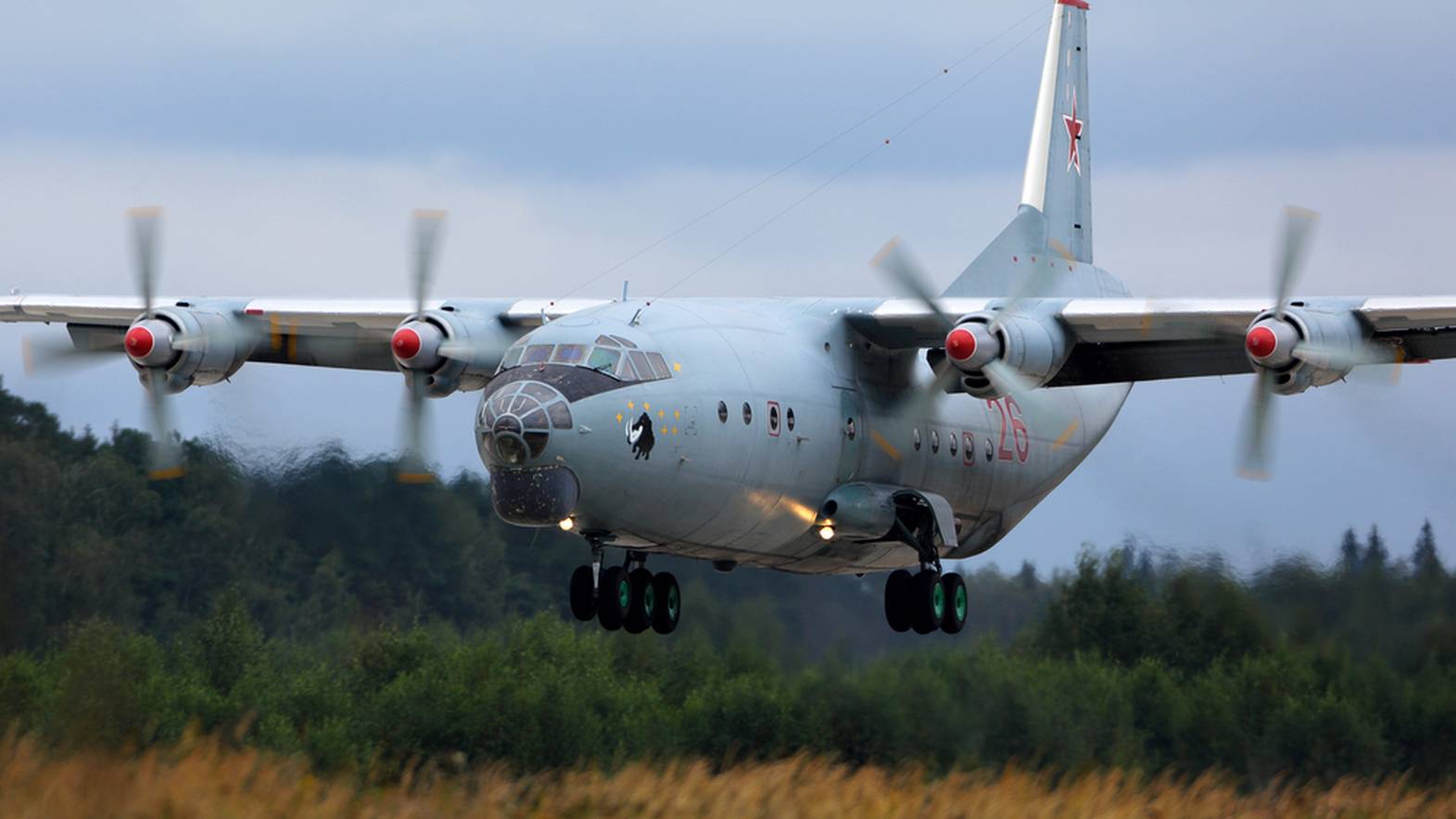
Il-76 Candid: A large turbofan powered strategic airlifter; the Candid is also a critical element in the tactical Para drop fleet. Roughly equivalent to the US C-141, the Candid has a payload of 42 Tonnes and a range of 2700 miles at a speed of 490 knots. In 1994 the Soviet air force operates all of the 860 cargo variants and many of the other 100 airframes which are derivatives to this workhorse. In particular the A-50 AWACS which will be covered elsewhere.
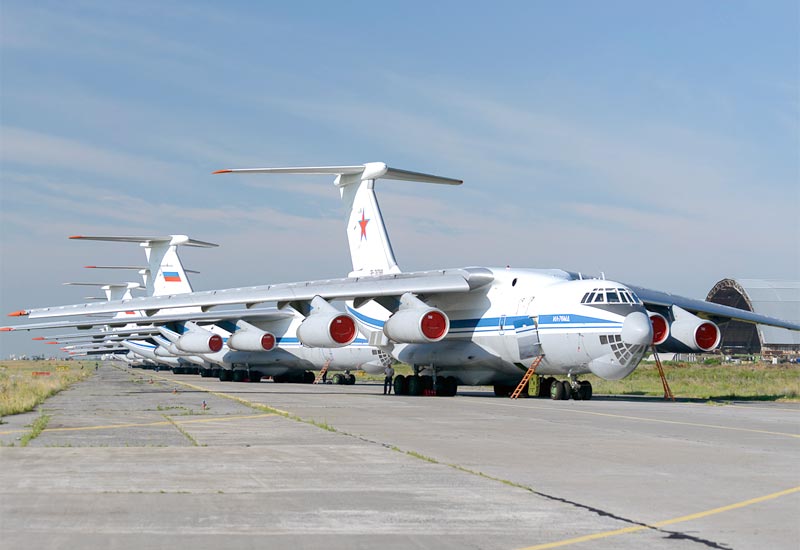
An-22 Cock: The world’s largest Turbo-prop aircraft the An-22 is more in line with a strategic lift airframe; it has no real equivalent in the west. A payload of 80 tonnes puts it in line with the C-17 for cargo but it carries more than double the passengers of that aircraft at 290 with an equivalent range. Although rarely used for paratroops, it can para-drop four BMD armoured infantry vehicles. The Cock is apparently difficult to fly, maintain and maneuver on the ground, but it has seen extensive use in Afghanistan and on humanitarian missions around the world. The Soviet air force uses 45 of these aircraft and there are another 20 in ready reserve.
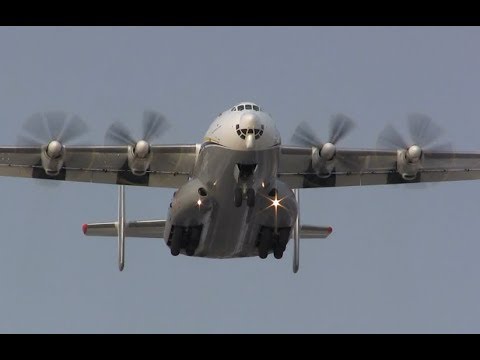
Strategic Transports
The Air Force operates about 1200 strategic transports but this is augmented by over 4000 operated by Aeroflot. Most of these fall into the jet airliner category but there are some purely cargo types as well including the largest aircraft in the world the AN-225 Cossack. There are also about 600 strategic airlifters in reserve.
An-124 Condor: The Condor is the second largest aircraft in production in 1994, only eclipsed by the Cossack. Slightly larger and with a 25% larger payload than the C-5 Galaxy, this aircraft can carry any piece of equipment in the Soviet armies inventory – as an example in 2001 one was contracted to carry an EP-3E Aries II after it was forced to land on Hainan Island China. Historically production slowed considerably in the early 1990s but there were still 54 produced and in service by 1995 – in Northern that number is achieved by early 1994.
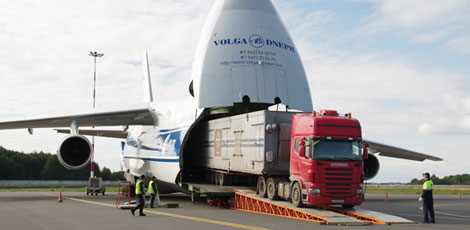
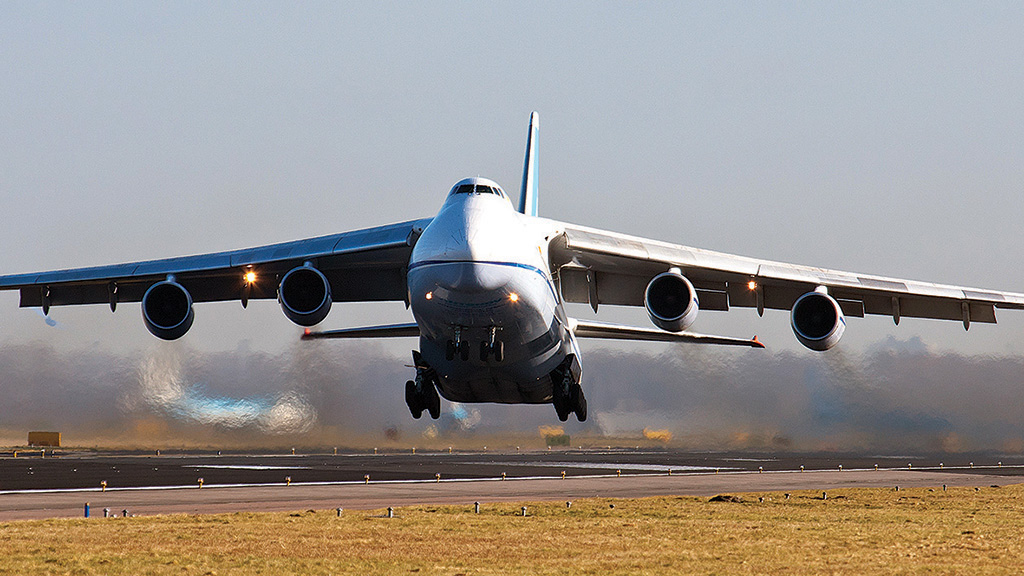
An-225 Cossack: The largest aircraft ever built. Historically construction of the second airframe was halted with the breakup of the Soviet Union but in the Northern Fury world the two aircraft are operating and delivering cargo around the world. Maximum payload is about 250 tonnes and with a 200 tonne payload this monster can still fly 2500 miles! The An-225 can carry internal cargo in a 1300m3 hold or on external fittings. Both are operated by the Air Force.
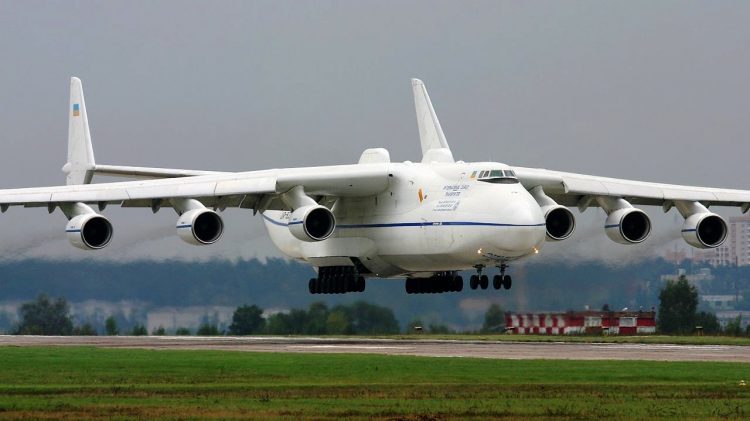
An-24 Coke: A very popular twin Turbo-prop passenger liner able to transport about 50 passengers up to 1700 miles. Over 1200 are in use between the Air Force and Aeroflot as it is an ideal aircraft for short and/or austere runways. This was the basic airframe for An-26 and then An-32 development.
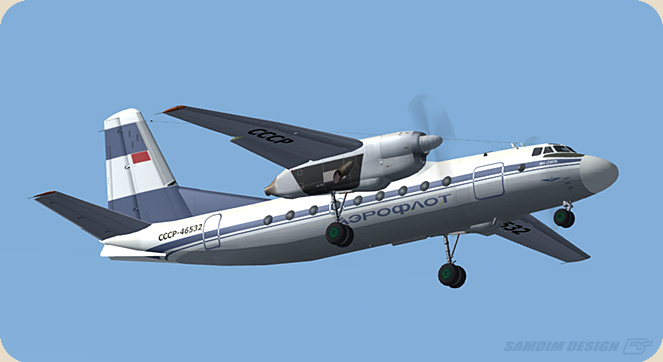
Il-18 Coot: The Coot is a widely used Turbo-prop passenger liner. Although there are many specialist derivatives including the Il-22 Coot, the basic airliner can transport between 65 and 120 passengers depending on configuration up to a range of 3000 miles. Aeroflot is the primary user but some are found in the air force, about 620 are in use.
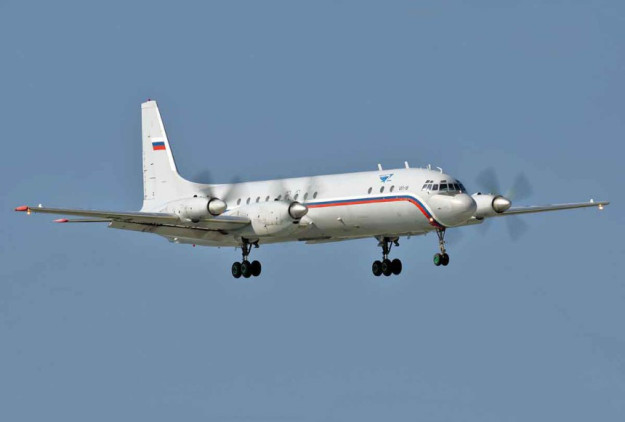
Il-62 Classic: A narrow body jet airliner similar to a DC-8 or a Boeing 707, able to carry 168-186 passengers 5400 miles. Aeroflot operates about 250 of these aircraft.
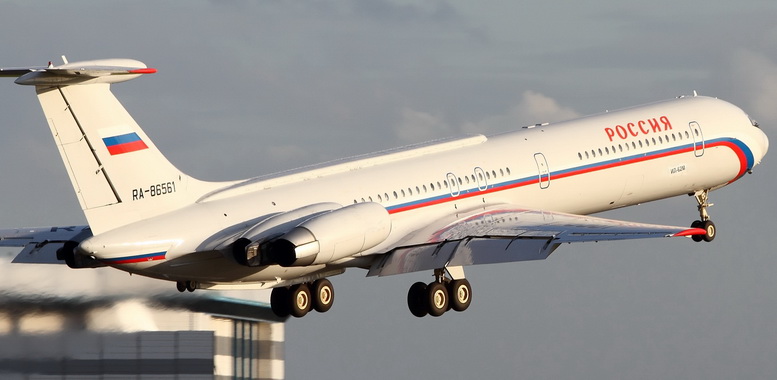
Il-86 Camber: A wide body jet airliner similar to a DC-10 or an Airbus A300, able to carry up to 350 passengers or 40 tonnes of cargo to a range of 2000 miles. Aeroflot operates about 105 of these aircraft.
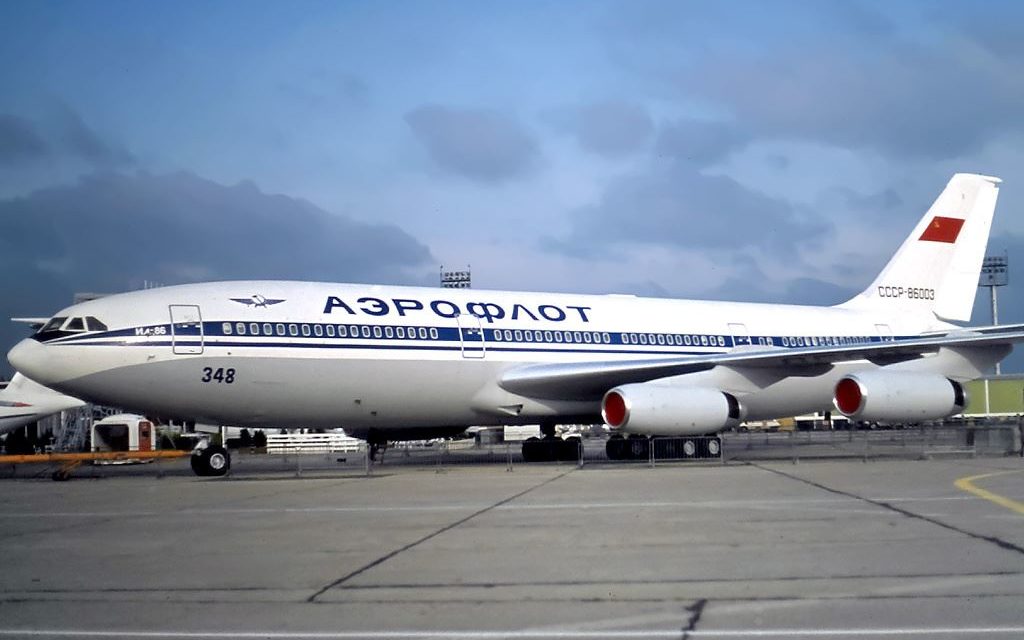
Tu-104 Camel: A twin engine narrow bodied medium range jet airliner of the same vintage as the de Havilland. A maximum of 115 passengers can be carried to a range of 1100 miles. Aeroflot operates about 160 of these aircraft but the safety record is not good.
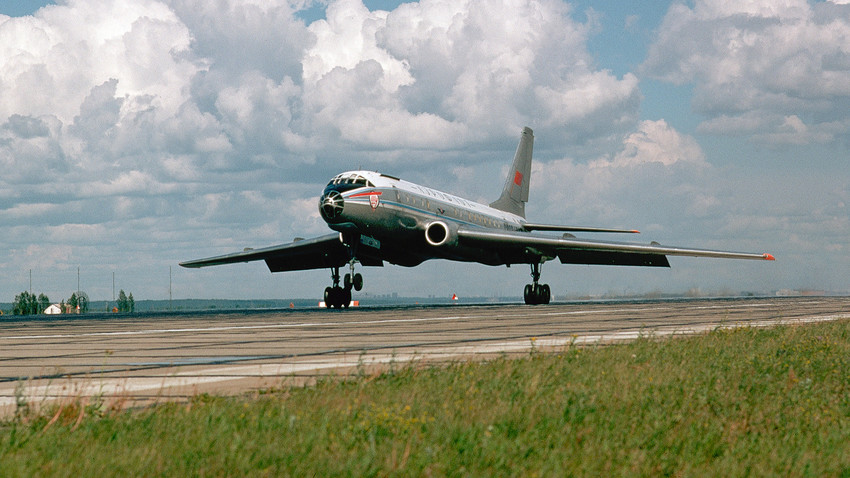
Tu-124 Cookpot: A short range twin engine jet airliner carrying 56 passengers to a range of 1100 miles. About 160 were operated by Aeroflot.
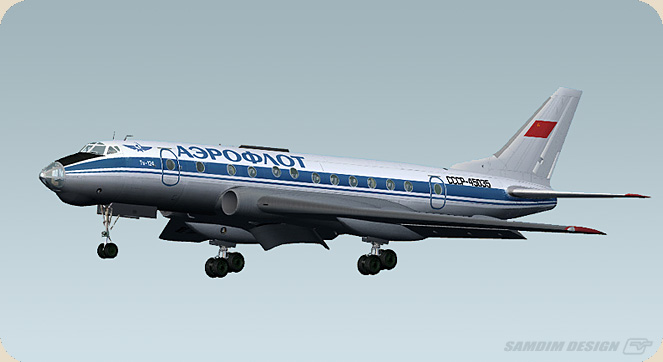
Tu-134 Crusty: A narrow body twin engine jet airliner with a 1000 mile range and able to carry 84 passengers. This aircraft was widely used and Aeroflot operated about 800 of them.
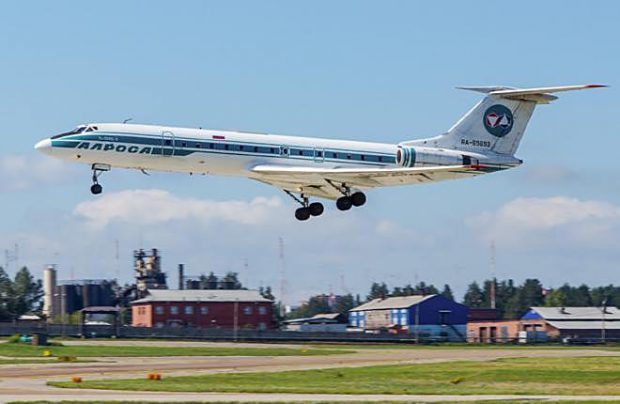
Tu-154 Careless: A narrow body, three engine jet airliner similar to the Boing 727. There are two main versions, the baseline and the Tu-154M which more than doubles the range from 1600 miles to 3280 miles in the ‘M’. Maximum seating capacity is 180 and Aeroflot operates about 600 baseline and 200 ‘M’ versions.
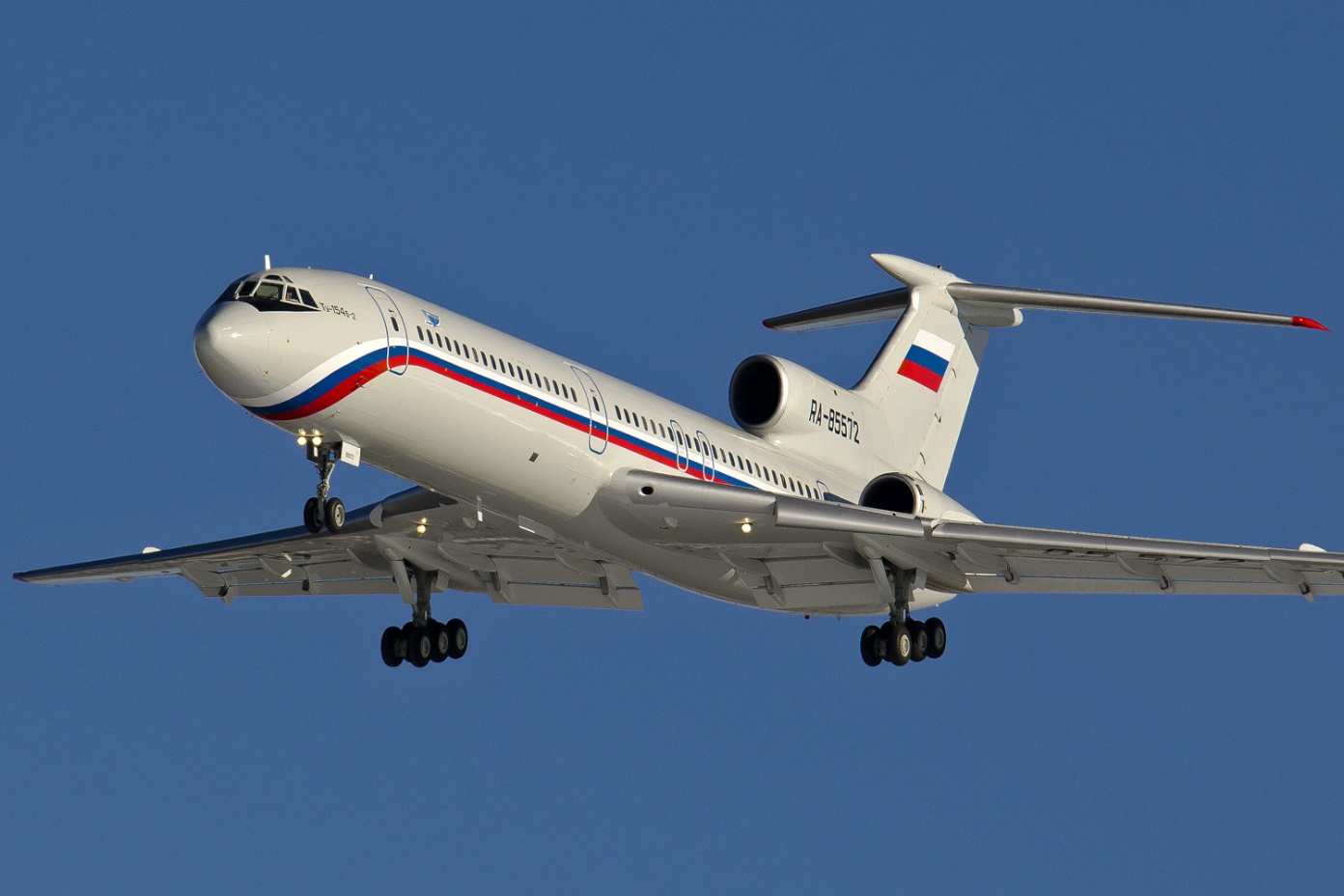
Yak-40 Codling: A widely exported small three engine jetliner with a carrying capacity of 32 passengers and a range of 1100 miles. Aeroflot operates about 600 Codlings.
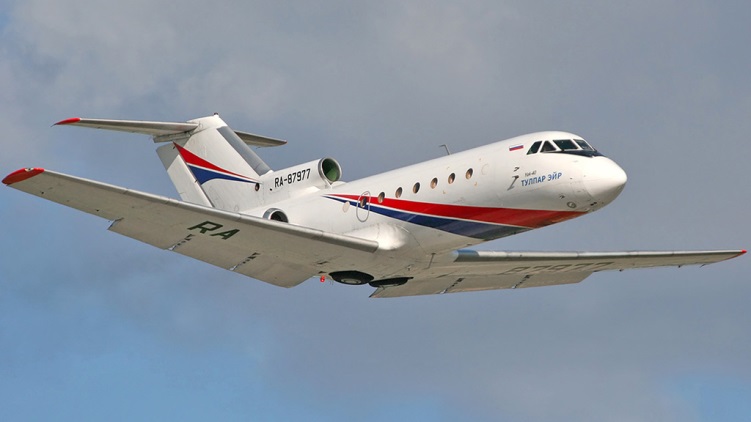
Yak-42 Clobber: A newer medium range jetliner using three modern engines. Carrying up to 120 passengers to a range of about 2000 miles this aircraft was still in production in 1994 and Aeroflot operated about 100 of them.
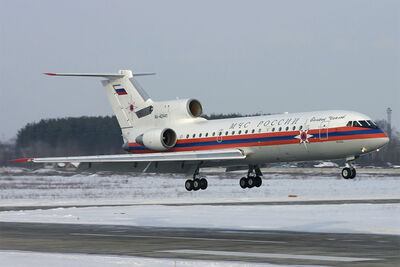
Utility Transport
These, mostly, small and rugged aircraft are versatile and used for a myriad of tasks. Generally able to operate from austere and short runways they are ideal for supporting the army or Special Forces. The Air Force operates about 1900 of these craft while Aeroflot maintains another 1500 and there are over 3000 in reserve.
An-2 Colt: Almost as recognizable as a MiG-21, the Colt is widely exported, extremely rugged aircraft that has been in production for nearly 50 years (in 1994). Initially fielded in 1947, this single engine biplane was still in production in 2001. Able to carry 12 passengers or up to 2100Kg of cargo to a range of about 500 miles and land on a runway of about 700 feet (215m). Over 18000 have been produced and, although difficult to pin down its estimated that about 2000 are in use by the Soviet Air Force and Aeroflot combined with an equal number in reserve.
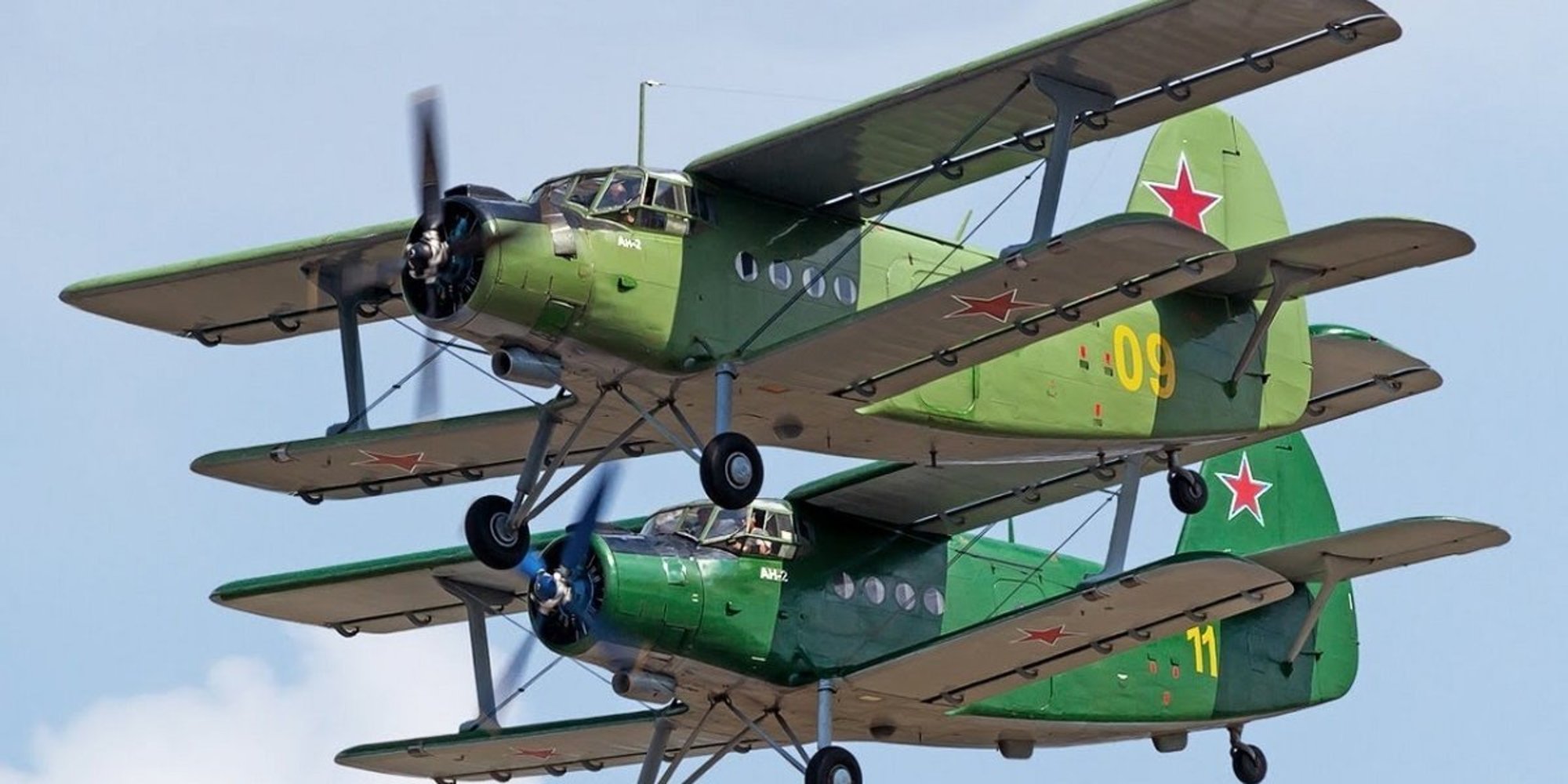
Yak-12 Creek: Another light multi-role STOL aircraft which has largely been retired in place of the An-2. This is a small high wing, single engine aircraft similar to a Cessna-170 or Piper PA-20. Over 3000 are in reserve but about 500 are still in service.
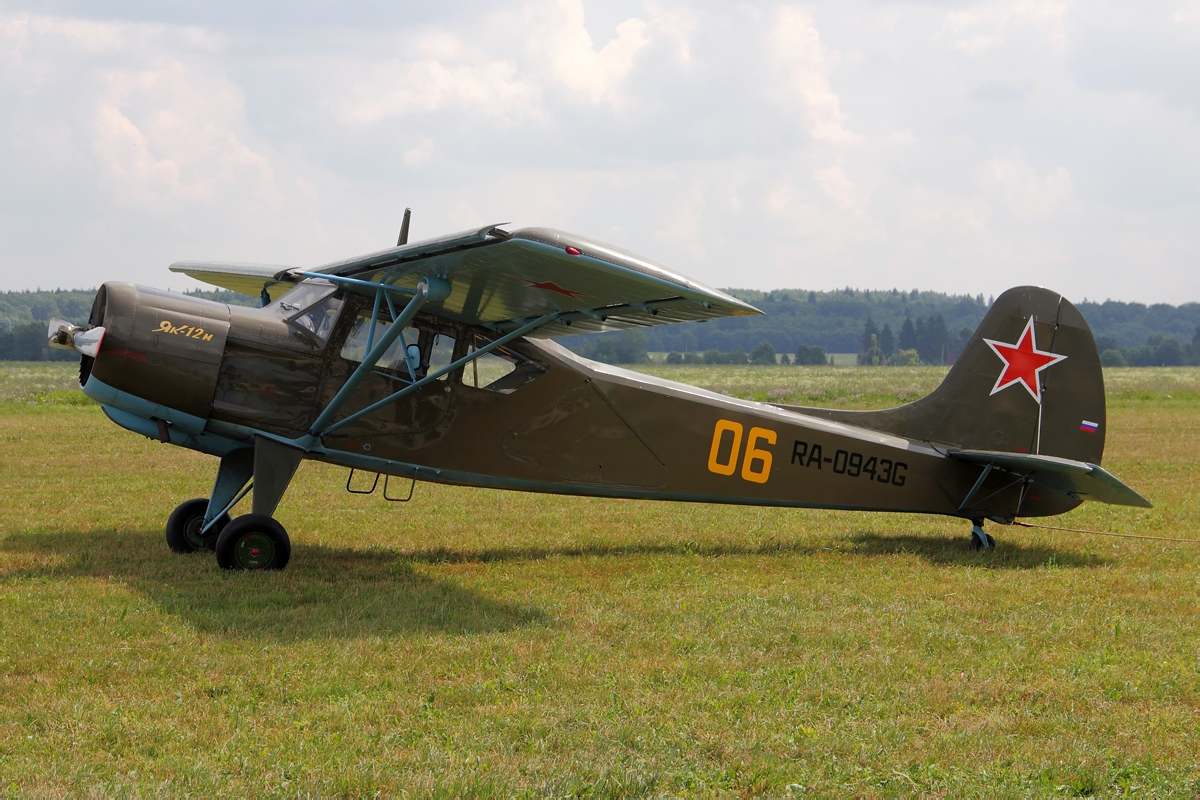
An-14 Clod: A versatile and easy to fly STOL utility aircraft, the Clod can carry 6-8 passengers or 720Kg of cargo. With a range of 560 miles the An-14 can take off and land on a runway of about 110m (360ft) length. About 300 were in service with some of these being used by Aeroflot.
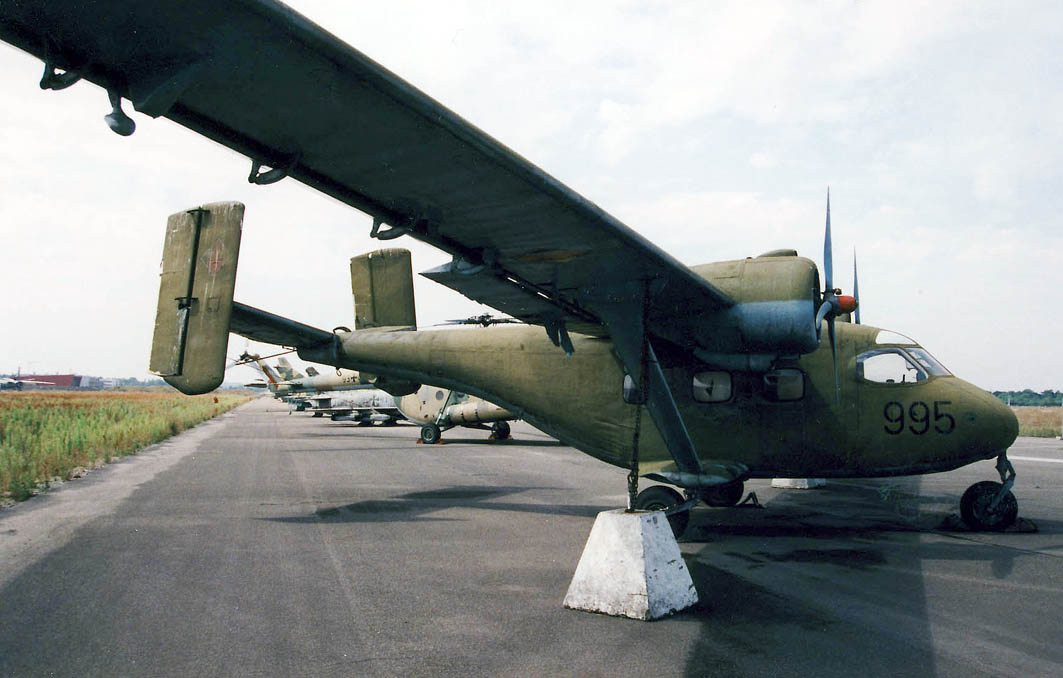
An-32 Cline: This is a re-engined An-26 which is more suitable for arctic or adverse conditions and rugged runways. Able to carry 42 paratroops, 50 passengers or 24 stretchers its useful load is slightly higher than the An-26. About 200 are in use, split between the Air Force and Aeroflot.
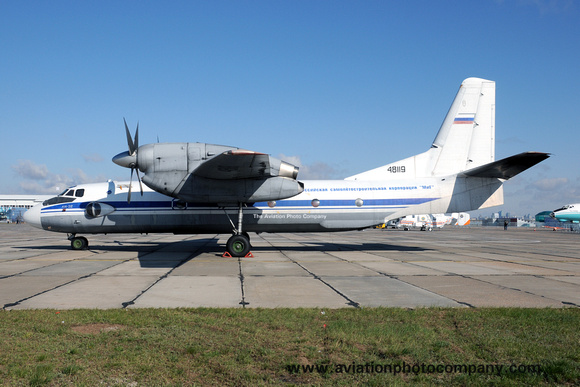
An-72/An-74 Coaler: A small twin jet powered STOL aircraft the An-72 has an unusual configuration with the jet blast flowing over the top of the wing. The An-74 version is fitted for operations in Arctic or Antarctic conditions and can be fitted with ski landing gear. Both versions can carry 52 passengers/paratroopers or 10 tonnes of cargo which can also be para dropped. Production of these aircraft continues and only 195 were ever produced (both variants) so an estimate of about 100 in service in 1994 seems reasonable.
